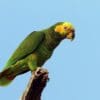Yellow-faced Parrot
DID YOU KNOW?
According to research, in behaviour, appearance and chromosome type this species is not a typical Amazon; further studies indicated that it should be classified in another genus.

Alipiopsitta

xanthops
Size:
27 cm (10.5 in)
Weight:
260 g (9.1 oz)
Subspecies including nominate:
one, with a green morph and yellow morph
Colour Adult:
Green morph: Both adults green in colour, the feathers widely edged darker green; yellow forehead and crown to around eyes and cheeks; yellow/orange ear coverts; deep orange sides of breast to flanks and axillary feathers; green tail with orange/red at base. Beak dull yellow with grey along ridge of upper mandible; pink/red cere. Eye ring white. Eye yellow.
Yellow morph: Male-head and neck entirely yellow; yellow/orange ear coverts; green upper breast washed with yellow, the feathers widely edged with darker green; dark yellow lower breast and upper abdomen, becoming orange/red on sides of breast to flanks, axillaries and inner lesser underwing coverts; yellow/green tail with red at base; pink/red cere and unfeathered lores. Female-yellow/green lower breast and upper abdomen, the feathers widely edged darker green.
Colour Juvenile:
Green morph: Duller than adults, with yellow confined to forehead, forecrown and area around eyes to ear coverts; rest of head green; green underparts, the feathers widely edged darker green. Eye brown.
Yellow morph: As in adult female but duller, with yellow confined to forehead, crown, and area around eyes to cheeks; rest of head green. Eye brown.
Call:
Calls made in flight are raucous; at rest softer and more musical.
More Information:
Content Sources:
CITES
BirdLife International
Cornell Lab of Ornithology/Birds of the World
Parrots: A Guide to Parrots of the World, Juniper and Parr, 1998
Parrots: Status Survey and Conservation Plan 2000-2004, Snyder, McGowan, Gilardi, Grajal, 2000.
Lexicon of Parrots, Thomas Arndt.
Parrots of the World, Forshaw and Cooper, 1977. 2010 edition
Parrots of the World, Forshaw, 2006.
Parrots in Aviculture, Low, 1992.
Captive Status:
Rare in captivity.
Longevity:
20+ yrs
Housing:
Aviary or suspended enclosure, minimum length 3 m (9.8 ft).
Diet:
Fruits such as: apple, orange, banana, pear, pomegranate, cactus fruits, forming about 30 or more percent of the diet; vegetables such as: carrot, celery, green beans and peas in the pod; green leaves such as: Swiss chard, lettuce, sowthistle, dandelion, chickweed; spray millet; fresh corn; small seed mix such as: millet, canary, and smaller amounts of oats, safflower and a little hemp; limited sunflower seed; cooked beans and pulses, and boiled maize and complete kibble.
Enrichment:
Enjoys bathing, so provide overhead misters or bowls of water; also is a vigorous chewer so provide bird-safe, unsprayed flowering branches, fir, pine, elder and willow boughs, vegetable tanned leather toys, wooden block toys, and lots of browse and different sized perches.
Nest Box Size:
Vertical 10″ x 10″ x 24″ (25.4 cm x 25.4 cm x 61 cm).
Clutch Size:
3
Fledging Age:
8 weeks
Hatch Weight:
—
Peak Weight:
—
Weaning Weight:
—
World Population:
Unknown, decreasing.
IUCN Red List Status:
Near Threatened
CITES Listing:
Appendix II
Threat Summary:
A moderately rapid population decline is suspected due to habitat loss. At least two-thirds of the Cerrado region where the species is a specialist has been altered by agriculture, heavy cattle ranching, invasive grasses, pesticide use and yearly burning. Also threatened by trapping.
Range:
Interior of E and S Brazil, from S Piaui and S Maranhao south to Mato Grosso and W Sao Paulo; also to N and C Bolivia and N Paraguay.
Habitat:
Found up to 300 m (984 ft) in deciduous and semi-arid deciduous woodlands and scrub, mostly cerrado woodlands with Mauritia palms; also drier caatinga scrub along riverways. May also be found around cultivated areas.
Wild Diet:
Feeds on seeds, unripe guava and mango. Forages on Caryocar brasiliense, Mimosa claussenii, Leucaena leucocephala, Qualea parviflora, Eriotheca pubescens and Pterodon emarginatus; also recorded eating soil (3%) and bark and feeding opportunistically on winged termites.
Ecology and Behaviour:
Seen in pairs and flocks of up to 35 individuals. Movements (seasonal or nomadic) poorly known. Peak foraging activity occurs in the morning and early afternoon.
Clutch and Egg Size:
3 elliptical eggs, 40.5 x 32.0 mm (1.6 x 1.2 in).
Breeding Season:
May-October; nests in open area in cerrado trees or tall terrestrial termitaria.
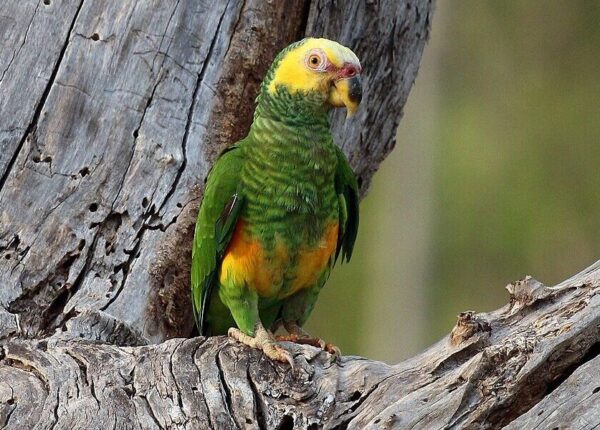
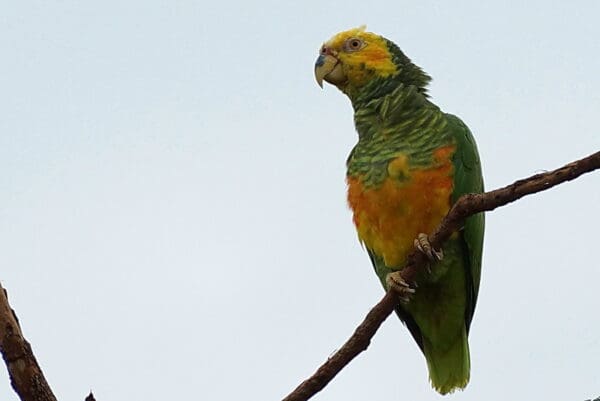
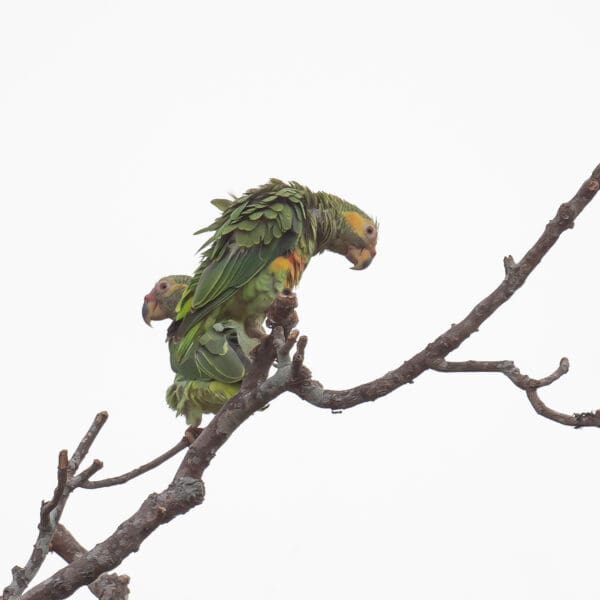
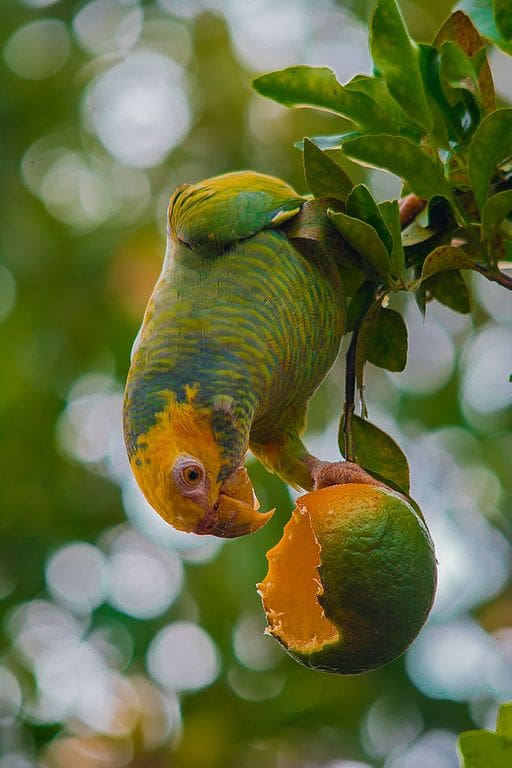

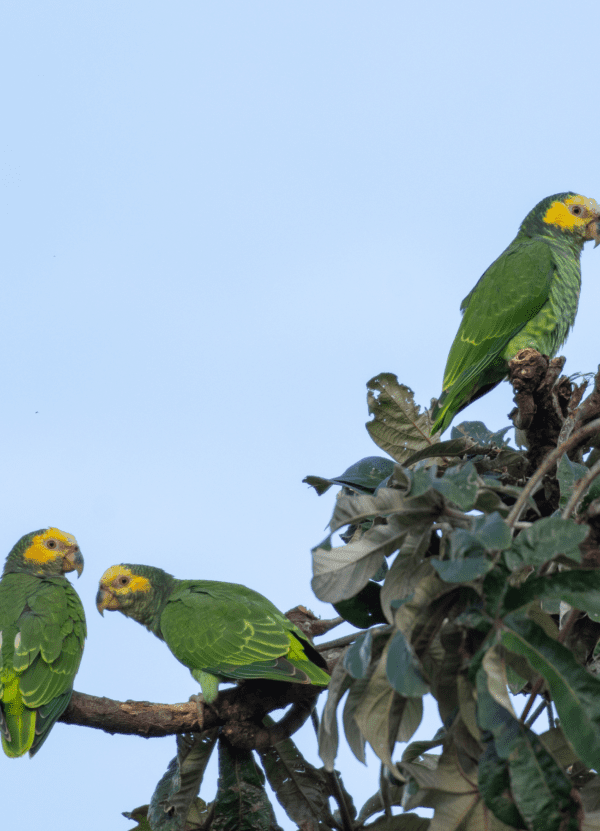
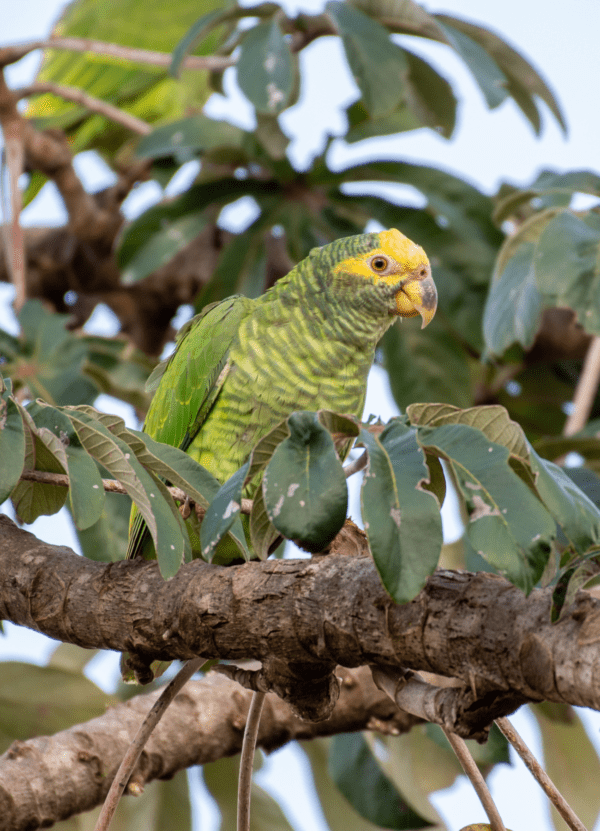
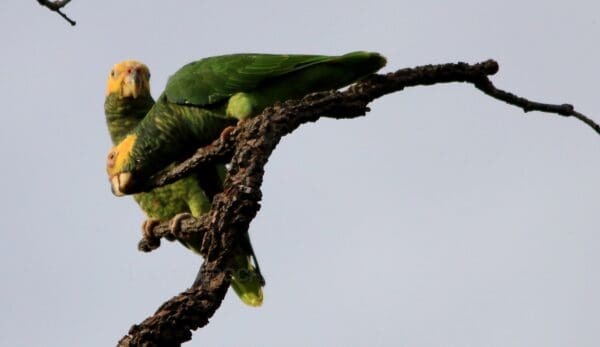
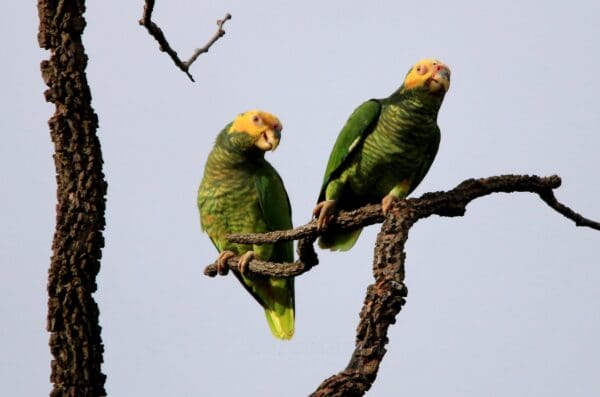
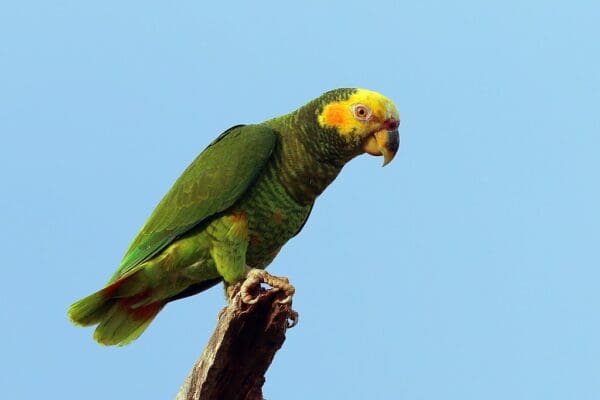
![© Charles j sharp (Own work, from Sharp Photography, sharpphotography) [CC BY-SA 4.0] via Wikimedia Commons A wild Yellow-faced Parrot perches on a limb](https://gt2024.parrots.org/wp-content/uploads/1991/02/Yellow-faced-Parrot-Charles-J-Sharp-e1733585908806-100x100.jpg)
![© Jdotcomdotbr [CC BY-NC-ND 2.0] via Flickr A wild Yellow-faced Parrot perches on a branch](https://gt2024.parrots.org/wp-content/uploads/2023/01/wpt_Yellow-faced-Parrot_1418-14-100x100.jpg)
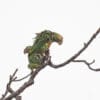
![© Jairmoreirafotografia [CC BY-SA 4.0] via Wikimedia Commons A wild Yellow-faced Parrot feeds on fruit](https://gt2024.parrots.org/wp-content/uploads/2023/01/wpt_Yellow-faced-Parrot_1418-8-100x100.jpg)
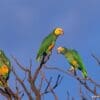
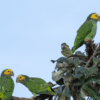
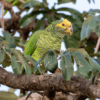
![© Luiz Carlos Rocha [CC BY-SA 2.0] via Flickr Wild Yellow-faced Parrots interact](https://gt2024.parrots.org/wp-content/uploads/1991/02/Yellow-faced-Parrot-Luiz-Carlo-Rocha-100x100.jpg)
![© Luiz Carlos Rocha [CC BY-SA 2.0] via Flickr Wild Yellow-faced Parrots perch on a branch](https://gt2024.parrots.org/wp-content/uploads/1991/02/Yellow-faced-Parrot-2-Luiz-Carlos-Rocha-100x100.jpg)
